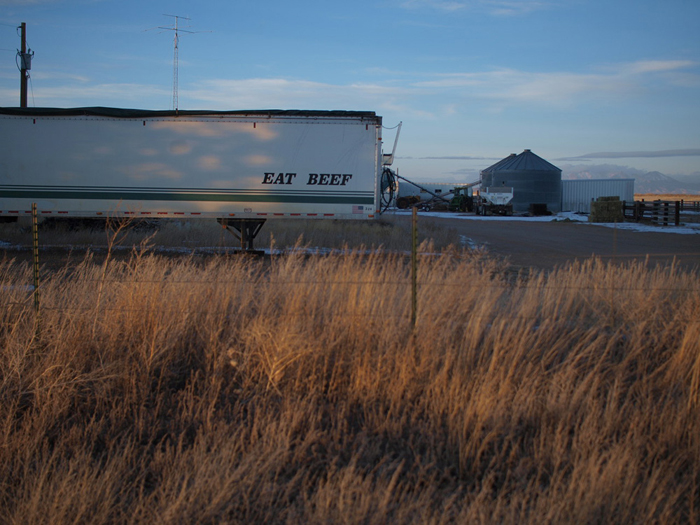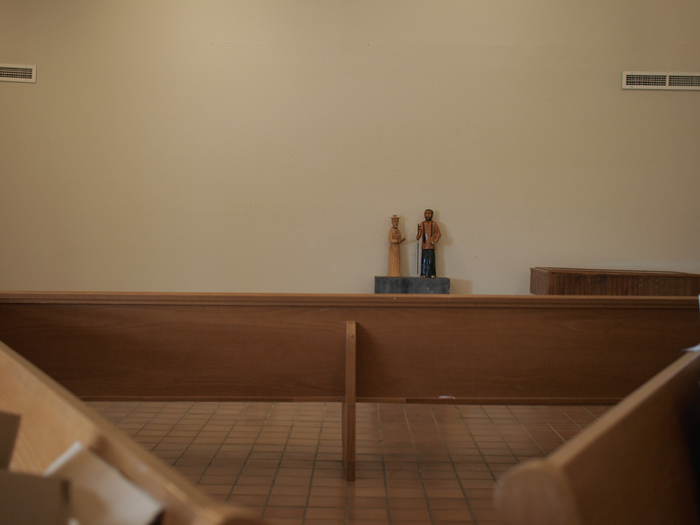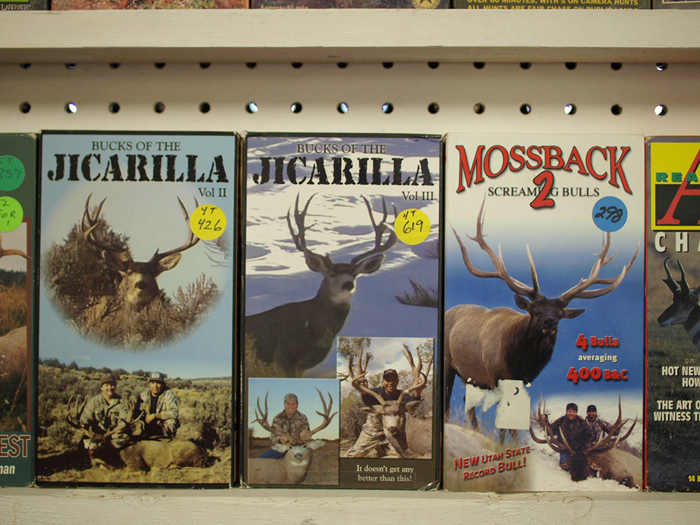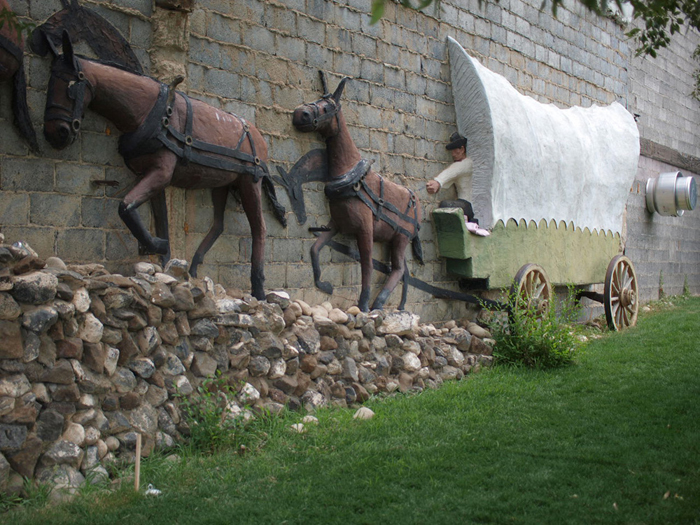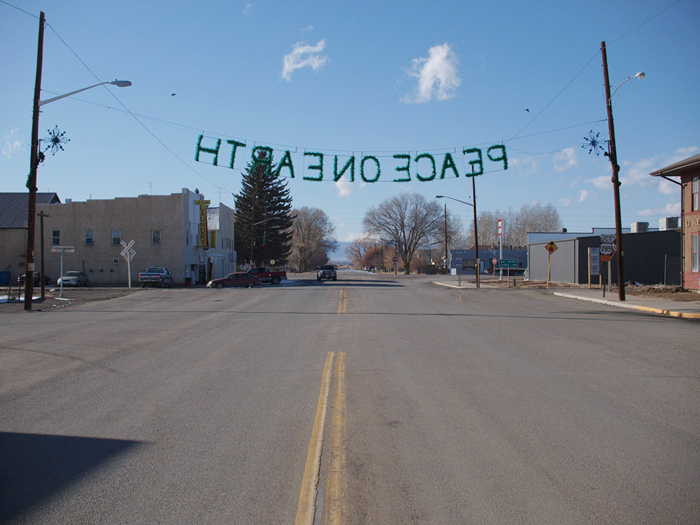The Edge of Empire, Part I: The South Side by Jonathan Blaustein
One can learn a lot about an Empire by investigating its margin: the edge.The San Luis Valley is such a place.
San Luis is the oldest town in the Valley, and in Colorado for that matter. (Officially founded in 1851.) Though the Spanish colonists were well settled in Taos by 1700, they needed 150 years to conquer Southern Colorado, a mere 60 miles away. The geographic isolation, 14,000 ft. mountain peaks, -35 °F winters, and resident Ute population ensured that the Valley was the "vacant" borderland for five generations of New Mexicans.
As such, the San Luis Valley formed the Northern edge of the Spanish Empire in the New World. Of course, Colorado being Gold Country, the Utes were “resettled” within 30 years so the natural resources could be harvested in earnest. But the Hispanic culture doggedly remained: a unique bastardization of Old Spain with Catholic Penitentes, communal pasture-lands, and co-operative Elk hunts. Unlike Northern New Mexico, here the Spanish enclaves grew alongside Wild West Cow-towns filled with white settlers from points East.
Far from everywhere, the Valley became the Edge of the American Empire as well. (Transferred from Spanish to Mexican to American rule in short order.)
This Valley, therefore, is the ideal place to search for signs of the Global Interweb, for symbols of change (and stasis) in a place that resisted the encroaching world until this century. Population and Gentrification are on the rise in a few towns, abject poverty and desolation in the others. Jesus and Mary abound, like sagebrush on the mesa. Liquor stores have drive-through windows, and museums are closing.
I believe it's vitally important to understand how Globalization impacts rural communities, as the urban/rural divide is poised to dominate the future in a world of rapid urbanization. How do communities deal with the loss of their children to cities due to a lack of economic opportunity and broadband access? What is it like to be connected digitally and removed in the physical world? The photographs in this series are the first installment of a long-term project that aims to examine and synthesize many of the complex issues facing rural American society in the 21st Century.
A selection of images from this series will be exhibited at the Zane Bennett Gallery in Santa Fe, Summer 2010
Jonathan Blaustein is a Taos, NM based artist.
To see more of Jonathan's work, please visit his website..
A cattle ranch outside Jaroso
The edge of the Valley
A chihuahua in the middle of the street
Mel Sr. & Abbie Jaramillo outside the family slaughterhouse
Belgian beer poster, Canadian pressboard & Spanish Instructions
Two Santos inside a defunct cultural museum
The 1953 Mercy High School Yearbook
Jerome Garcia chillin' on Main Street
Snitch tag and railroad tracks
Elk snuff films on VHS
Three kinds of beans
Candles and lightbulbs inside the old trading post
Wool comes from sheep
Rusted goals and shipping container
Eugene DuPont, former mayor of Antonito
A lowrider in front of a brick house
A frontier wagon on the side of a building
A bullet hole on a quiet road
View from the tamale shop
Peace on Earth

